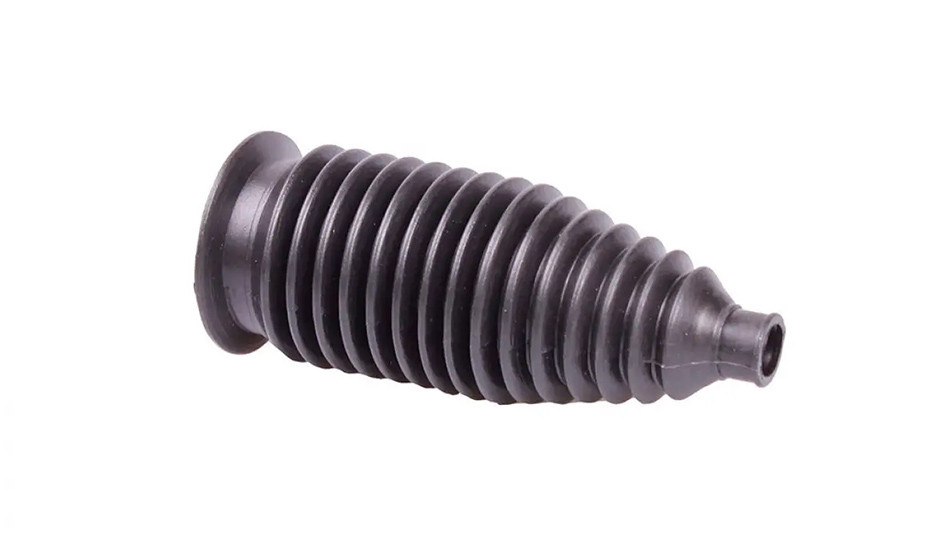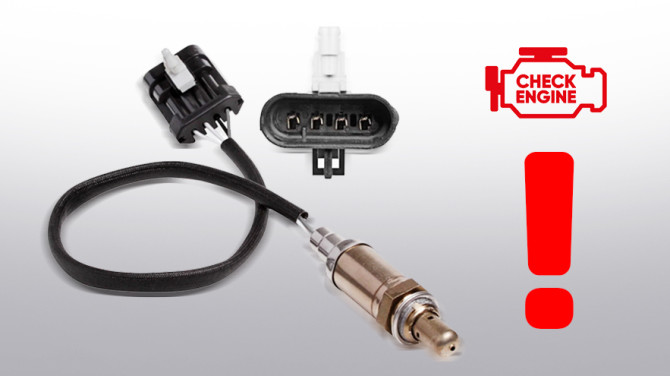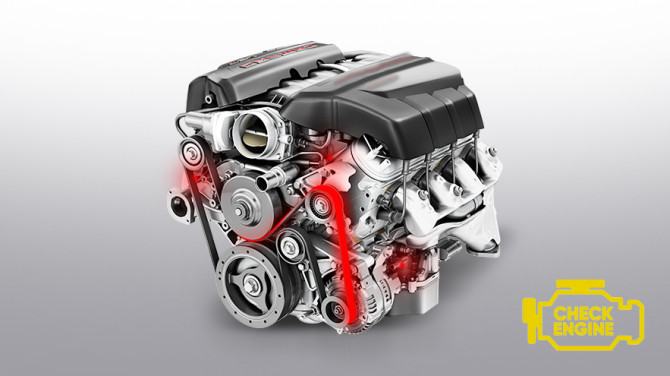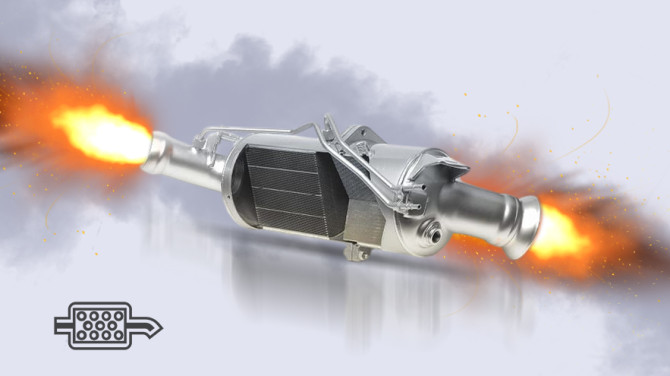What Is a Rubber Cover for a Tie Rod?

Moving and interacting parts in a vehicle need protection against dust, dirt, sharp particles, and other elements. This helps extend their lifespan. A special replacement part serves this purpose – the rubber cover.
The rubber cover is a type of protective sleeve mounted on various parts and assemblies of a vehicle, including the tie rod, which is part of the steering system. This component is crucial as its functionality directly impacts the steering system's performance, and therefore, the level of its wear should never be underestimated.
Rubber Cover for Tie Rod: Properties and Operating Principle
The operating principle of the rubber cover is quite simple. It isolates an important part of the vehicle from dust, moisture, sand, etc., significantly extending the lifespan of other components.
Due to its specific purpose, the rubber cover for the tie rod must possess certain characteristics:
- Flexibility: To allow the moving part to move and interact with the wheel's grooves.
- Temperature Resistance: The material should withstand both low and high working temperatures.
- Mechanical Stress Resistance: The dust cover is regularly exposed to dust, sand, and metal shavings and must withstand them without any issues.
- Chemical Resistance: The part will have constant contact with fuel, oil, and other working fluids, as well as various detergents.
This component plays a crucial role in the efficient operation of the steering system.
Rubber Cover for Tie Rod: Basic Varieties
In the past, almost all covers were made of rubber. However, manufacturers now use various materials for these parts. Therefore, the dust cover for the tie rod can be made from the following materials:
- Neoprene: Chloroprene rubber, developed in the first half of the 20th century, has good operational properties. If modern additives are included, the working temperature range is from -50 to +90 degrees Celsius.
- Silicone: This material has a wide temperature range and chemical resistance but is susceptible to wear and sharp objects.
- Polyurethane: A durable elastomer with high resistance to freezing and mechanical stress.
- Thermoplastics: This type of tie rod end cover becomes flexible when heated but is hard in its normal state. It is a durable material, making it a suitable solution for driving on rocky roads.
The selection of a tie rod end cover is done in accordance with the manufacturer's recommendations and operating conditions. Various parts with appropriate usage parameters are available in the market, allowing each driver to find a replacement part that meets their specific requirements.







